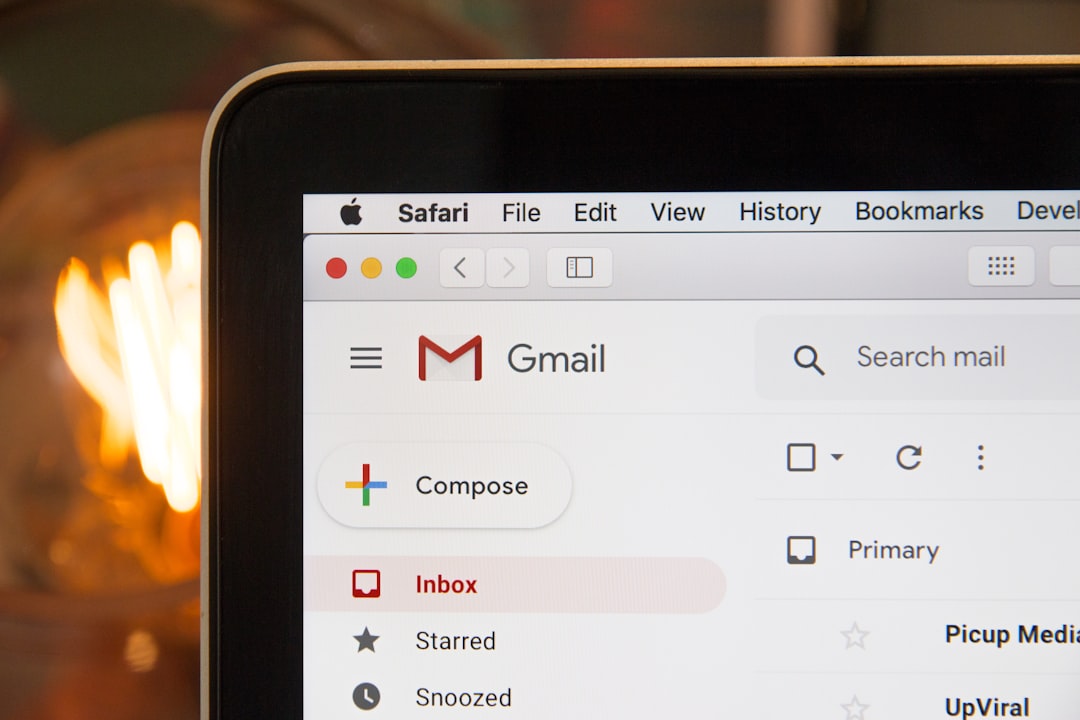With the rapid evolution of AI technologies, Google’s Fix AI offerings have quietly started to redefine how businesses and individuals approach digital maintenance. Whether you’re a small business managing websites, an IT administrator ensuring system consistency, or even an average user trying to streamline tech tasks, integrating AI into digital maintenance has never been easier—or more impactful.
TL;DR: Google Fix AI tools can automate, streamline, and greatly enhance the effectiveness of everyday digital maintenance tasks. From monitoring and auto-fixing broken links to optimizing site performance, these tools offer practical benefits for businesses of all sizes. Learn how to efficiently integrate them into your workflows and unlock more reliable digital environments, all while saving time and effort. Whether you use Chrome, Android, or Google Cloud services, there’s a smart fix just waiting to be plugged in.
Table of Contents
What Is Google Fix AI?
Google Fix AI is a suite of integrated systems that use artificial intelligence to detect, diagnose, and in many cases, resolve common issues across Google platforms and supported third-party environments. It spans cloud infrastructure maintenance, website updates, app performance monitoring, and even data integrity checks.
In essence, these tools are designed to identify patterns, anomalies, or inefficiencies and suggest or apply smart “fixes” with little user input. Some of these systems work behind the scenes in Chrome OS and Android, while others are available through APIs and toolkits accessible via Google Cloud Platform (GCP).

Why Use AI for Digital Maintenance?
Traditional digital maintenance requires regular human oversight—think weekly backups, updates, error diagnostics, and optimization. But as systems scale, desynchronization and oversight become increasingly common. Here’s how Google Fix AI steps in:
- Faster response times: AI identifies and addresses issues in real time.
- Scalability: Ideal for managing growing infrastructures with minimal added workload.
- Lower error rates: Reduces the chances of human oversight.
- Predictive fixes: Suggests actions before minor issues become bigger problems.
Key Areas Where Google Fix AI Shines
Here are some everyday digital maintenance tasks where Google Fix AI can make a noticeable difference:
1. Website Health Monitoring
With tools like PageSpeed Insights integrated with AI recommendations, Google Fix AI can highlight speed issues, layout shifts, and security gaps. Even better, it can auto-generate suggestions or code snippets to directly apply the changes, reducing time spent on diagnostics.
- Detects slow-loading elements
- Finds unnecessary JavaScript or CSS bloat
- Offers mobile performance enhancements
2. Broken Link and SEO Fixes
Google Search Console increasingly integrates AI to analyze backlink integrity, discover 404 errors, and evaluate meta tags for optimization. Automation tools tied into Google Fix APIs can even pre-fill error corrections so that site owners only need to approve changes.
3. App Performance Optimization (Android & Cloud)
For developers, the Google Android Crash Report system uses AI to not only detect broken app flows but also predict which code paths are vulnerable. Google’s AI can suggest optimized code packages or fixes, especially when integrated with Firebase Performance Monitoring.
4. System Health and Device Optimization
On Chrome OS and Android devices, embedded Fix AI agents automatically monitor battery usage, overheating, and app conflicts. The system can alert users proactively, minimize background activity, or suggest OS patches.
Tip: Enabling enhanced diagnostics on your Android or Chrome device in developer mode opens up more Fix AI suggestions in real-time.
5. Cloud Stability and Infrastructure Management
GCP users can tie into Google Operations Suite (formerly Stackdriver) to implement AI-powered monitoring at the server and application level. These systems can:
- Patch vulnerabilities automatically
- Trigger alerts based on anomaly detection
- Modify resource allocation using prediction algorithms
How to Start Integrating Google Fix AI into Your Workflow
Even if you’re not a seasoned developer, incorporating these tools doesn’t have to be overwhelming. Follow these steps to gradually bring Fix AI into your digital spaces:
Step 1: Audit Your Current Digital Ecosystem
Make a list of all areas you’re responsible for maintaining. This could include:
- Websites and landing pages
- Mobile apps
- Cloud projects and infrastructure
- Internal tools or intranets
Knowing what systems you rely on helps identify which tools from Google Fix AI are most relevant.
Step 2: Enable AI Recommendations in Google Tools
Most Google platforms give you the option to enable AI suggestions in dashboards. Whether you’re inside Google Ads, GCP, Google Workspace, or Search Console, lookout for an “Insights” or “Suggestions” tab and enable automatic insights where available.
Step 3: Connect APIs and Monitoring Tools
For more technical setups, especially for developers and administrators, use APIs provided by GCP Products like:
- Google Cloud Monitoring
- Error Reporting API
- Logging Agent AI Extensions
Connecting these to your backend systems allows Fix AI to start analyzing logs and behaviors automatically.

Step 4: Use Google’s Public AI Tools
Publicly available tools like Lighthouse and PageSpeed Insights rely heavily on Fix-style AI models. You can run audits on demand or connect them to CI/CD pipelines for ongoing review.
Step 5: Automate Scaling and Patching
In enterprise situations—or even advanced personal projects—you can use Google Kubernetes Engine (GKE) with automated scaling policies and vulnerability scanning enabled. These tools predict when more resources are needed or when a security fix should be implemented.
Tips for Effective Use
- Use AI in tandem with human judgment: Always vet AI-suggested solutions before live deployment.
- Monitor frequently: Most of these tools improve over time with more data, so keep them engaged.
- Document changes: Use Google’s versioning tools to track what recommendations have been accepted.
- Set thresholds: Define when AI should just report and when it can apply changes autonomously.
Challenges and Considerations
While Google’s Fix AI tools are increasingly intuitive and reliable, some caution should be exercised. A few limitations to watch for:
- False positives: AI might flag issues that aren’t critical.
- Limited scope: Some tools only work within Google ecosystems.
- Resource intensive: Monitoring and automation at scale can require configuration and testing.
Still, for many use-cases these constraints are minor compared to the value delivered, especially as Google continues refining these technologies.
Conclusion
Integrating Google Fix AI into your everyday digital maintenance isn’t just about convenience—it’s about smart problem prevention and enhanced efficiency. Whether you’re working with websites, running cloud infrastructure, or managing mobile apps, these tools offer a reliable second set of “eyes” that never sleep.
Start small, experiment with the tools tailored to your current setup, and scale as you go. The future of reliable digital ecosystems is not just automated—it’s intelligent. Embrace it now to stay ahead of the curve.



